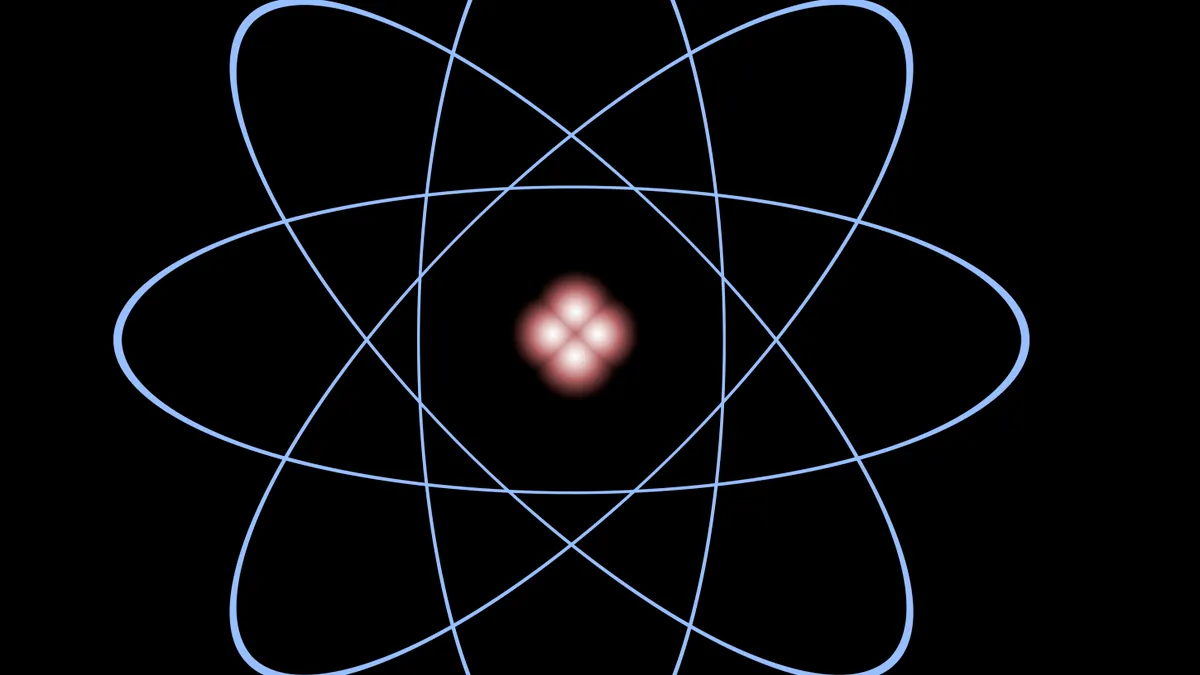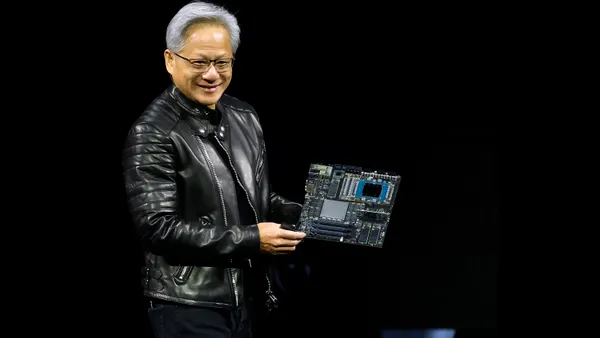Technobabble is our look at the weird, wonderful and wildly creative aspects of technology and the tech industry. If you have any babble, feel free to email directly or reach out on Twitter.
The technology industry has an obsession with making things small. R&D efforts at major companies are tasked time and again with proving Moore's Law, showing skeptics with each new generation a piece of technology can decrease in size while increasing in power.
Intel in particular champions Moore's Law. Of course, the tech giant is practically required to, seeing as its co-founder pioneered the idea 50 years ago. Intel CEO Brian Krzanich recently even came out to say the law is "alive and well and flourishing." He does, however, contend it takes a bit longer than the standard two years to double computing power. Now the rate of evolution is set at every two-and-a-half years.
But this week, IBM challenged the notion of just how small technology can become. Granted, it's not a piece of technology per se, but a new way to store data. That's right, Big Blue researchers announced this week they had figured out how to store data on a single atom.
Now, numerous questions abound with this news, chief among them the question of "why?" Why would you need to store data on a single atom? Well, 1) it's cool. But, really 2) it has long term impacts for how data could be stored.
Every day 2.5 quintillion bytes of data is created, according to IBM's estimates. And 90% of the data in existence was created in the last two years. All that data — Snapchats, texts, downloaded podcasts, pictures and diatribes written angrily in Notes on your phone while waiting on stalled public transportation — has to be stored somewhere. And yes, while you can point vaguely to the sky and say "the cloud will take care of it," the truth is all that information requires physical storage on the back end.
Understanding that the pace of data creation is not going to slow down, IBM has worked to collapse data storage to the atomic level. Perhaps those server farms the size of a football field won't run out of room this way.
By creating the world's smallest magnet, and storing a single bit of data on it, researchers can work toward making smaller and denser storage devices. To read and write the information stored on the atom, scientists used an electrical current. Separated by one nanometer — a distance IBM notes is one millionth the size of a pin head — two magnetic atoms can be independently written and read.
Spacing that compressed could in the future allow for magnetic storage 1,000 times denser than the hard disk drives and solid state memory chips currently available, according to IBM. This all means that people and businesses could "store 1,000 times more information in the same space, someday making data centers, computers and personal devices radically smaller and more powerful."
One last thing
Sometimes, breaking things down to their smallest possible form is a good thing. Other times, it's not. As proof, in the early 2000s, mobile phone providers were trying to build the smallest, yet still functional, cell phone. While it was entertaining to watch people speak on a flip phone that was smaller than the palm of their hand, it made every conversation look like a scene from 'Zoolander.'
Thankfully, tech providers realized functionality is a good thing, in terms of mobile tech, allowing for a return to actually readable screens.
But recently, at Mobile World Congress 2017 in Barcelona, it became clear that some tech providers had once again lost their way. As illustrated by Michael Simon on CIO.com, tiny smartphone keypads should not make a comeback. Texting is already hard enough, but bringing back tiny keyboards is a recipe for typos. Yes, hilarity will likely ensue, but perhaps this is the time to stick with the new, not the old school.
For all the QWERTY keyboard lovers out there <3, @BlackBerry has announced a new phone :)) https://t.co/zwCrhlvq5g pic.twitter.com/XBN1uYwzIN
— Mai El-Sadany (@maitelsadany) February 28, 2017













